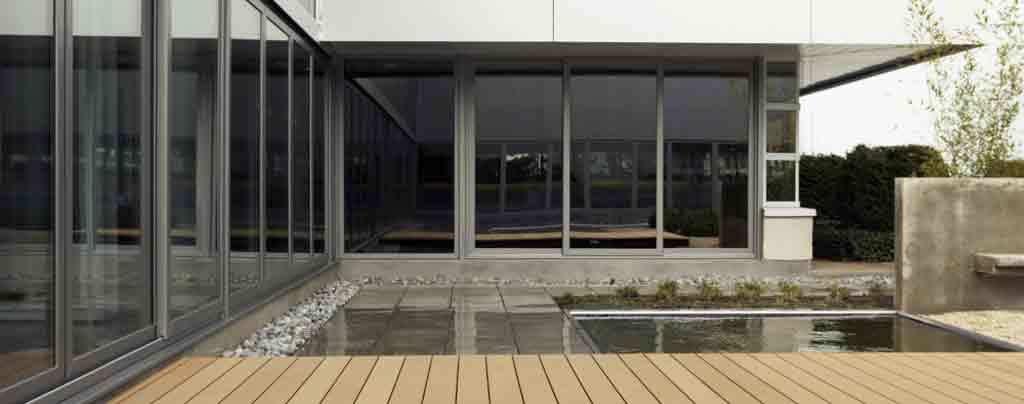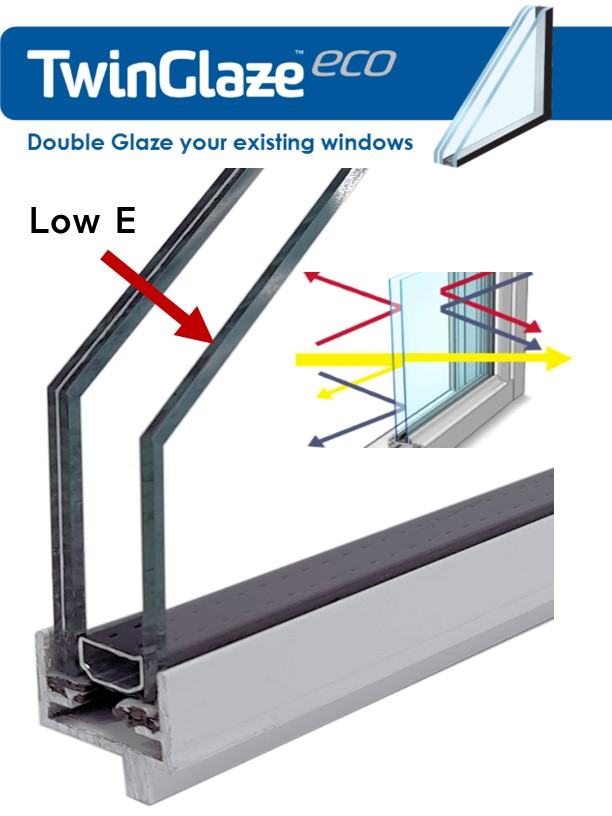All Categories
Featured
Table of Contents
Stay Cool This Summer With Double Glazed Windows - Aaa Glass in Glendalough Perth
Glazing just indicates the windows in your house, consisting of both openable and fixed windows, in addition to doors with glass and skylights. Glazing actually simply implies the glass part, but it is generally utilized to describe all elements of an assembly including glass, films, frames and furnishings. Taking notice of all of these elements will help you to achieve reliable passive design.

Energy-efficient glazing makes your house more comfortable and dramatically minimizes your energy expenses. Unsuitable or inadequately designed glazing can be a significant source of undesirable heat gain in summer season and substantial heat loss and condensation in winter season. Up to 87% of a home's heating energy can be gained and as much as 40% lost through windows.
Canberra Window Replacement - Upvc Double Glazed ... in Canning Vale Perth
Glazing is a significant investment in the quality of your home. The cost of glazing and the expense of heating and cooling your home are closely related. A preliminary investment in energy-efficient windows, skylights and doors can greatly minimize your annual cooling and heating bill. Energy-efficient glazing likewise reduces the peak heating and cooling load, which can lower the needed size of an air-conditioning system by 30%, causing further expense savings.

This tool compares window selections to a base level aluminium window with 3mm clear glass. Understanding a few of the crucial residential or commercial properties of glass will help you to select the best glazing for your home. Key homes of glass Source: Adapted from the Australian Window Association The quantity of light that passes through the glazing is known as visible light transmittance (VLT) or visible transmittance (VT).
A Complete Guide To Double Glazed Windows in Ridgewood Western Australia
The U worth for windows (revealed as Uw), describes the conduction of the whole window (glass and frame together). The lower the U worth, the higher a window's resistance to heat flow and the better its insulating worth.
If your house has 70m2 of glazing with aluminium frames and clear glass with a U worth of 6. 2W/m2 C, on a winter season's night when it is 15C cooler outside compared with inside your home, the heat loss through the windows would be: 6. 2 15 70 = 6510W That is equivalent to the total heat output of a big space gas heater or a 6.
Sustainability in Currambine WA

If you pick a window with half the U value (3. 1W/m2 C) (for instance, double glazing with an argon-filled space and less-conductive frames), you can cut in half the heat loss: 3. 1 15 70 = 3255W The solar heat gain coefficient (SHGC) for windows (revealed as SHGCw) determines how readily heat from direct sunlight flows through a whole window (glass and frame together).
The lower a window's SHGC, the less solar heat it transmits to the home interior. The actual SHGC for windows is affected by the angle that solar radiation strikes the glass.
Plastic Window Frames - Best Plastic Double Glazed ... in Bassendean Perth
When the sun is perpendicular (at 90) to the glass, it has an angle of occurrence of 0 and the window will experience the optimum possible solar heat gain. The SHGC declared by glazing producers is always computed as having a 0 angle of occurrence. As the angle increases, more solar radiation is shown, and less is transmitted.
Latest Posts
Home Window Glazing - Sustainability Victoria in Carmel WA
Windows Of Opportunity: Your Guide To High-performance ... in Kallaroo WA
Double Glazing Windows in Rockingham WA